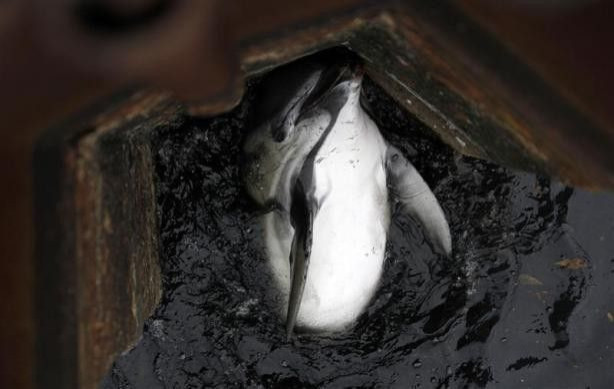A Dead Two Headed Dolphin Found on Turkey Beach

Nature never stops surprising us, sometimes with the beauty, sometime with strange events or creatures.
This week, the body of a two-headed dolphin was discovered on a beach in Turkey.
According to the report by Daily Mail, the conjoined corpse was found floating onto the shore in Izmir on Turkey's west coast. Tugrul Metin, a sport teacher witnessed it for the first time.
The dead dolphin was thought to be a one-year-old calf measuring around 3.2 ft in length. The dolphin had two heads which got merged in order to share one tail.
"As explained by Daily Mail, 39 year old Metin said “I noticed the dolphin in the sea and watched as it washed on to the beach. I couldn't take it in at first. I thought my eyes were playing tricks on me. I've never even heard about a dolphin like this let alone seen one with my own eyes. I was completely shocked.”
He then informed police about the matter. Afterwards police took the dolphin to the laboratory for further investigations.
Mehmet Gokoglu, an associate professor from the marine-biology department at the Ak Deniz University confirmed that he welcomed this great opportunity to study the strange dolphin in detail. “Such a dolphin is a very rare occurrence similar to the occurrence of conjoined human twins”, he was quoted saying.
"According to the previous report by the Telegraph, scientists from Michigan State University came across with a similar kind of marine discovery. That time it was a two-headed bull shark. The creature was found in April, 2011 on the Gulf of Mexico when a fisherman chopped an adult shark and found a two-headed baby."
Michael Wagner, an assistant professor of animals and fisheries, confirmed that the two-headed baby shark had two separate hearts and stomachs which were revealed after MRI investigation.
"This is certainly one of those interesting and rarely detected phenomena," he said.
"It's good that we have this documented as part of the world's natural history."




















